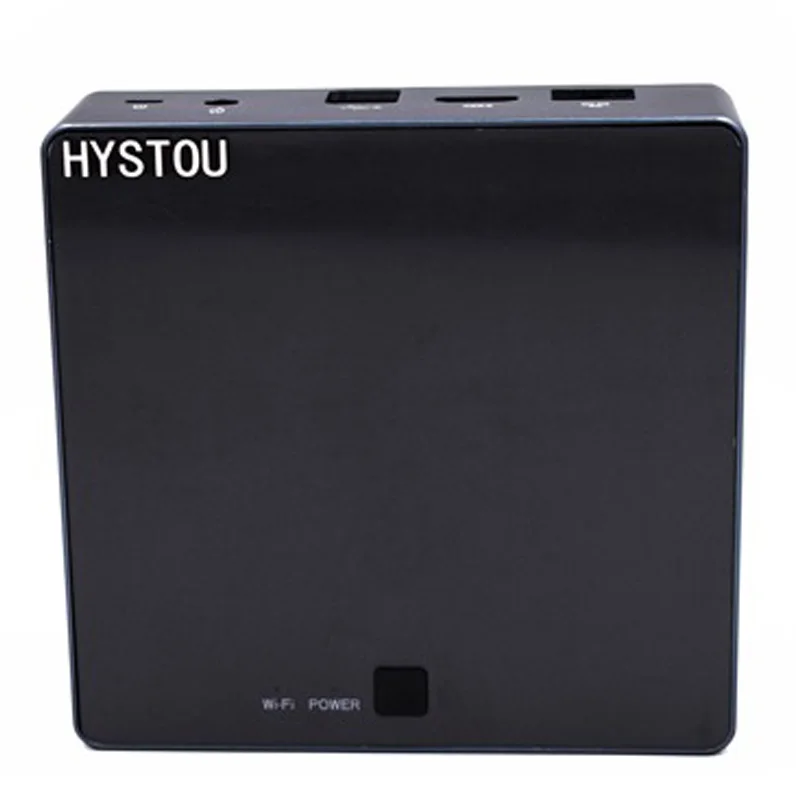
Clear Cache Ubuntu Terminal
More Linux resources

First option to clear memory caches on Linux. Command to free pagecache, dentries and inodes in cache memory in Linux. Sync; echo 3 /proc/sys/vm/dropcaches Second option to clear memory cache. If you want to clear cached memory on ubuntu run the following command from your terminal sync; sudo echo 3 /proc/sys/vm/dropcaches If you want to run this command every one hour you can use crontab to run this Thanks to john for this tip. Clear RAM Memory Cache, Buffer and Swap Space on Linux. Have you ever have any process is eating away your memory and you want to clear it, Linux provides a way to flush or clear ram cache. How to Clear Cache in Linux? Every Linux System has three options to clear cache without interrupting any processes or services. Clear PageCache only.
Swap memory is usually a 'set it and forget it' type of affair. Most enterprise environments have swap built into the systems, and these memory caches are not manipulated unless there is an apparent lack of memory available or if a server crashes due to the OOM killer (out of memory) error. However, there is a niche situation that can cause an administrator to need to clear the system swap manually. If that is the situation that you find yourself in, you’ve come to the right place. This article is a discussion about this situation and the solution required.
Feeling Swappy?
Occasionally, a system uses a high percentage of swap memory even when there is RAM available for use. The culprit here is the ‘swappiness’ of the system. Yep, you read that right...swappiness. So now that you know the lingo, you're ready to explore what it means. Swappiness refers to the kernel parameter responsible for how much and how often that the system moves data from RAM to swap memory.

Clear Ram Cache Ubuntu 20.04
The default value for swappiness is 60; however, you can manually set it anywhere between 0-100. Small values cause little swapping to occur, whereas high values can cause very aggressive swapping. A value of zero causes no swapping at all to occur, so if you want to minimize swapping to its lowest possible value without turning it off, you should set it to at least one.
[ Free download: Advanced Linux commands cheat sheet. ]
If you wanted to change up the swappiness of your system, the procedure is very straight-forward. You can check your current swappiness setting by running the following command:

Ubuntu Clear Memory Cache
It should look something like this:
